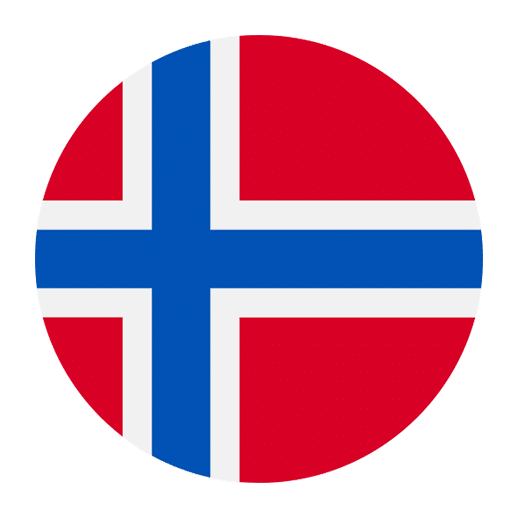Learning Norwegian can be an enriching and enjoyable experience, but it comes with its own set of challenges. One common area of confusion for English speakers is understanding the usage of the words “lese” and “lese” in different contexts. At first glance, these words might appear identical, but they serve different grammatical functions in the language. In this article, we’ll explore the nuances between “lese” (to read) and “lese” (reading), helping you grasp their uses and meanings.
Understanding “Lese” (To Read)
In Norwegian, the verb “lese” means “to read.” This is the **infinitive** form of the verb, and it is used in much the same way as the English “to read.” Here are some examples to illustrate its use:
– Jeg liker å lese bøker. (I like to read books.)
– Han skal lese en ny bok. (He is going to read a new book.)
As you can see, “lese” in these sentences functions as an infinitive verb, expressing an action.
Conjugation of “Lese”
To fully grasp “lese,” it’s essential to understand its conjugation in different tenses. Here are some key forms:
– Present Tense: Jeg leser. (I read.)
– Past Tense: Jeg leste. (I read – past tense.)
– Future Tense: Jeg skal lese. (I will read.)
Conjugating “lese” follows a pattern similar to many other Norwegian verbs, making it relatively straightforward once you become familiar with the rules.
Understanding “Lese” (Reading)
The same word “lese” can also appear in different grammatical forms, such as the present participle or a noun, which translates to “reading” in English. This can be tricky for beginners, but with practice, you’ll get the hang of it.
Present Participle
In its present participle form, “lese” becomes “lesende,” which describes someone who is in the act of reading. For example:
– Han er en lesende mann. (He is a reading man.)
Here, “lesende” functions as an adjective, describing the subject as someone who reads.
Gerund Form
When “lese” is used as a gerund, it translates to “reading” and functions similarly to the English gerund. For example:
– Lesing er viktig. (Reading is important.)
– Hun liker lesing. (She likes reading.)
In these sentences, “lesing” acts as a noun, much like the English “reading.”
Common Mistakes and How to Avoid Them
Understanding the difference between “lese” as an infinitive verb and “lese” as a gerund or present participle can be challenging. Here are some common mistakes and tips to avoid them:
Mistake #1: Confusing Infinitive and Gerund Forms
A common mistake is using the infinitive form when the gerund is required. For example:
– Incorrect: Jeg liker lese. (I like to read.)
– Correct: Jeg liker lesing. (I like reading.)
To avoid this, remember that after verbs like “liker” (like), the gerund form “lesing” should be used.
Mistake #2: Incorrect Conjugation
Another frequent error is incorrect conjugation of the verb “lese.” For instance:
– Incorrect: Jeg lese en bok. (I read a book.)
– Correct: Jeg leser en bok. (I read a book.)
Make sure to conjugate “lese” correctly based on the tense and subject.
Practical Tips for Mastery
To master the use of “lese” in its various forms, consider the following practical tips:
Read Regularly
Engage in regular reading practice. The more you read in Norwegian, the more familiar you will become with the different forms and uses of “lese.”
Practice Writing
Write sentences using both the infinitive and gerund forms of “lese.” This will help reinforce your understanding and correct usage.
Use Language Apps
Language learning apps like Duolingo, Babbel, or Memrise can provide interactive exercises to help you practice the different forms of “lese.”
Engage in Conversations
Try to use “lese” in various forms during conversations with native speakers or fellow learners. Practical application will solidify your understanding.
Conclusion
Understanding the nuances between “lese” (to read) and “lese” (reading) is crucial for mastering Norwegian. While it may seem daunting at first, consistent practice and exposure will help you differentiate and use these forms correctly. By reading regularly, practicing writing, using language apps, and engaging in conversations, you’ll become more confident in your Norwegian language skills. Remember, language learning is a journey, and every step you take brings you closer to fluency. Happy learning!

